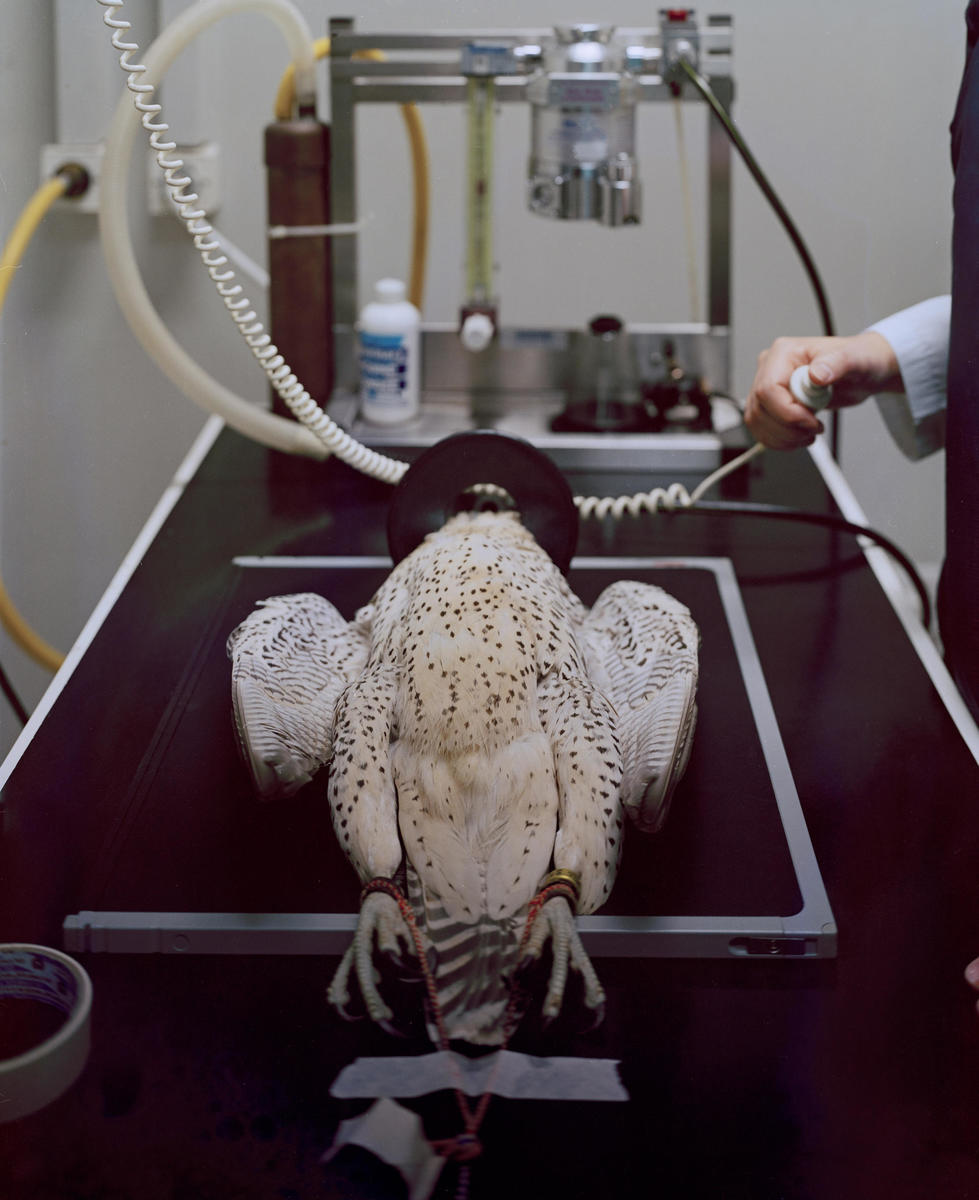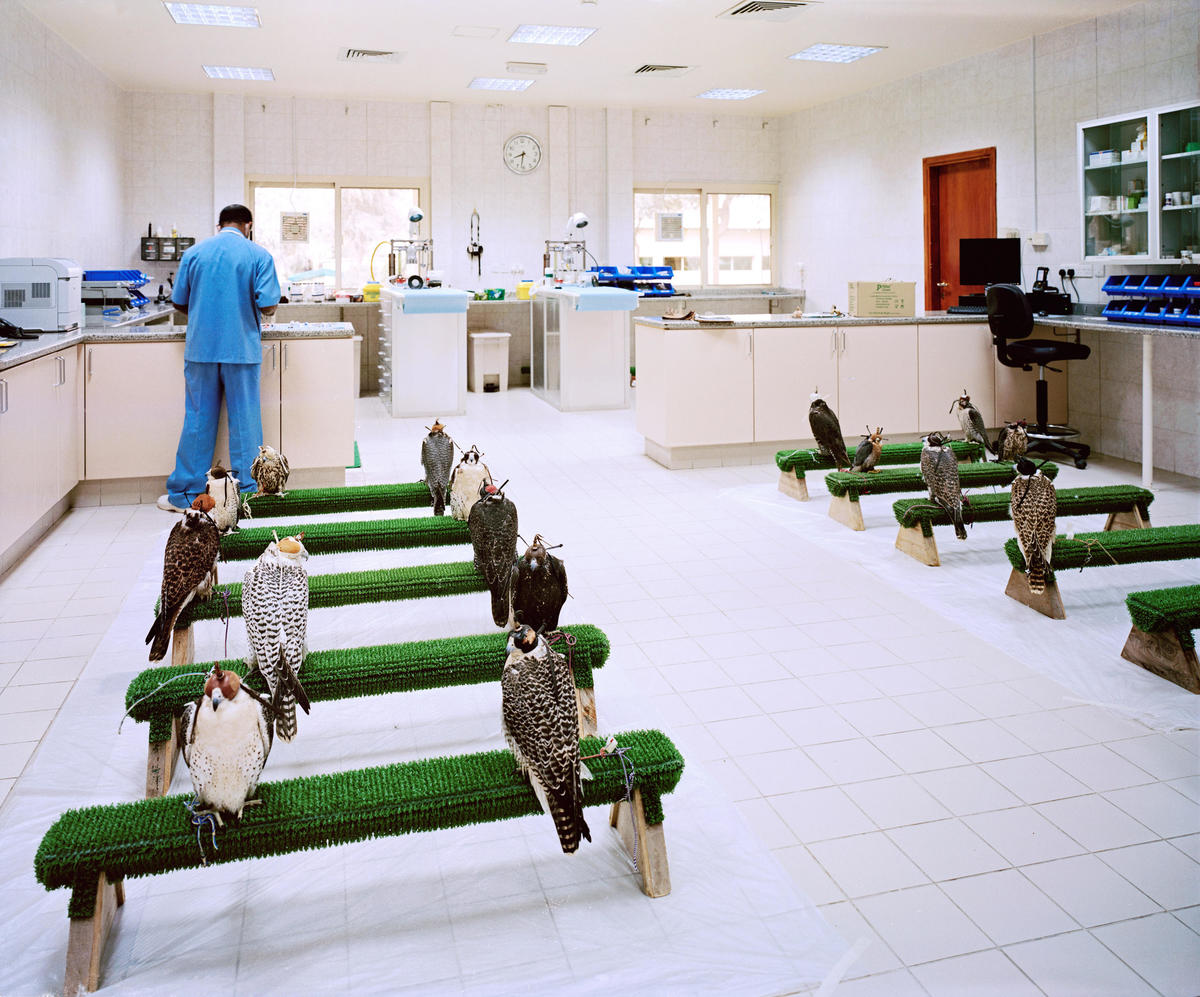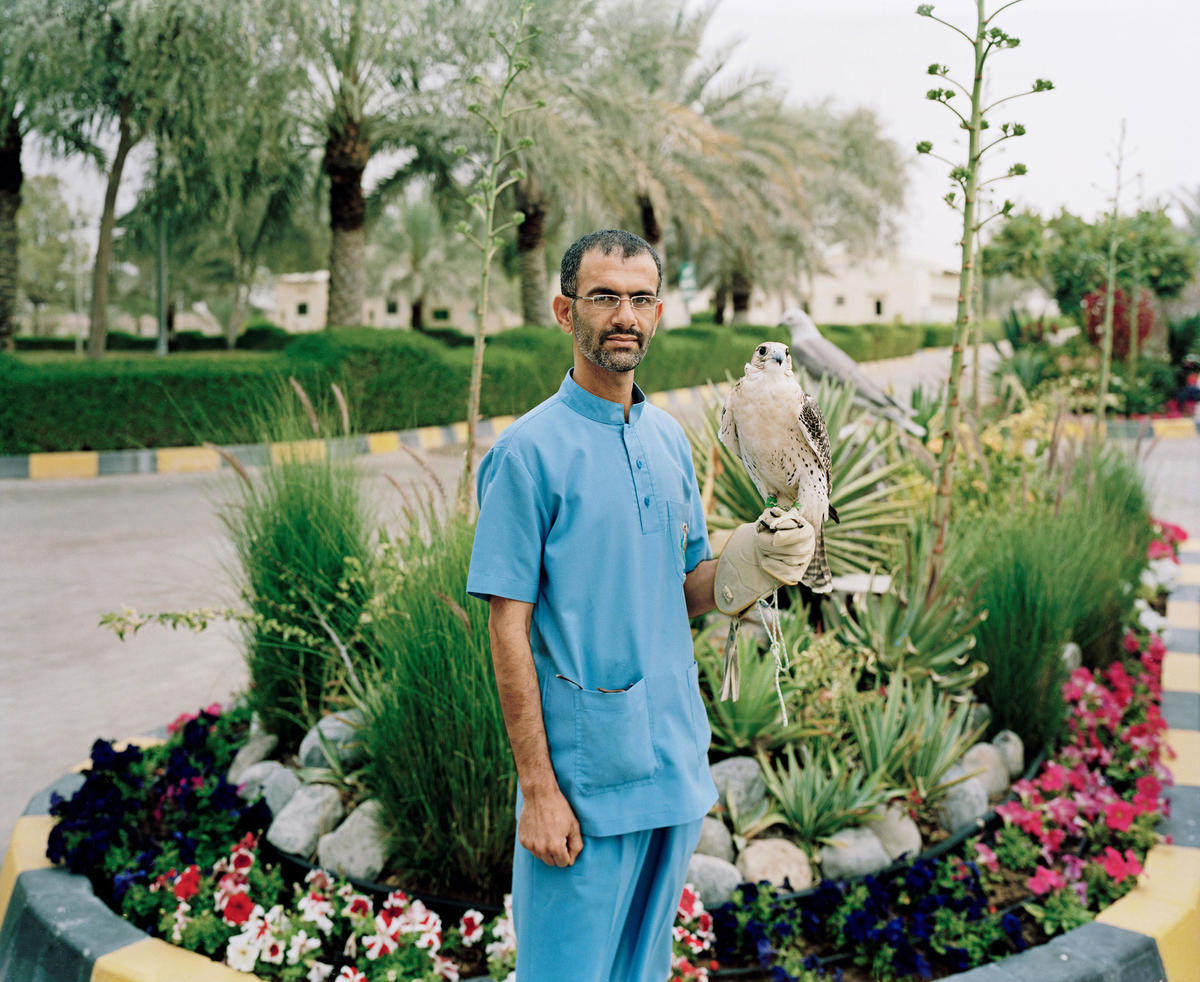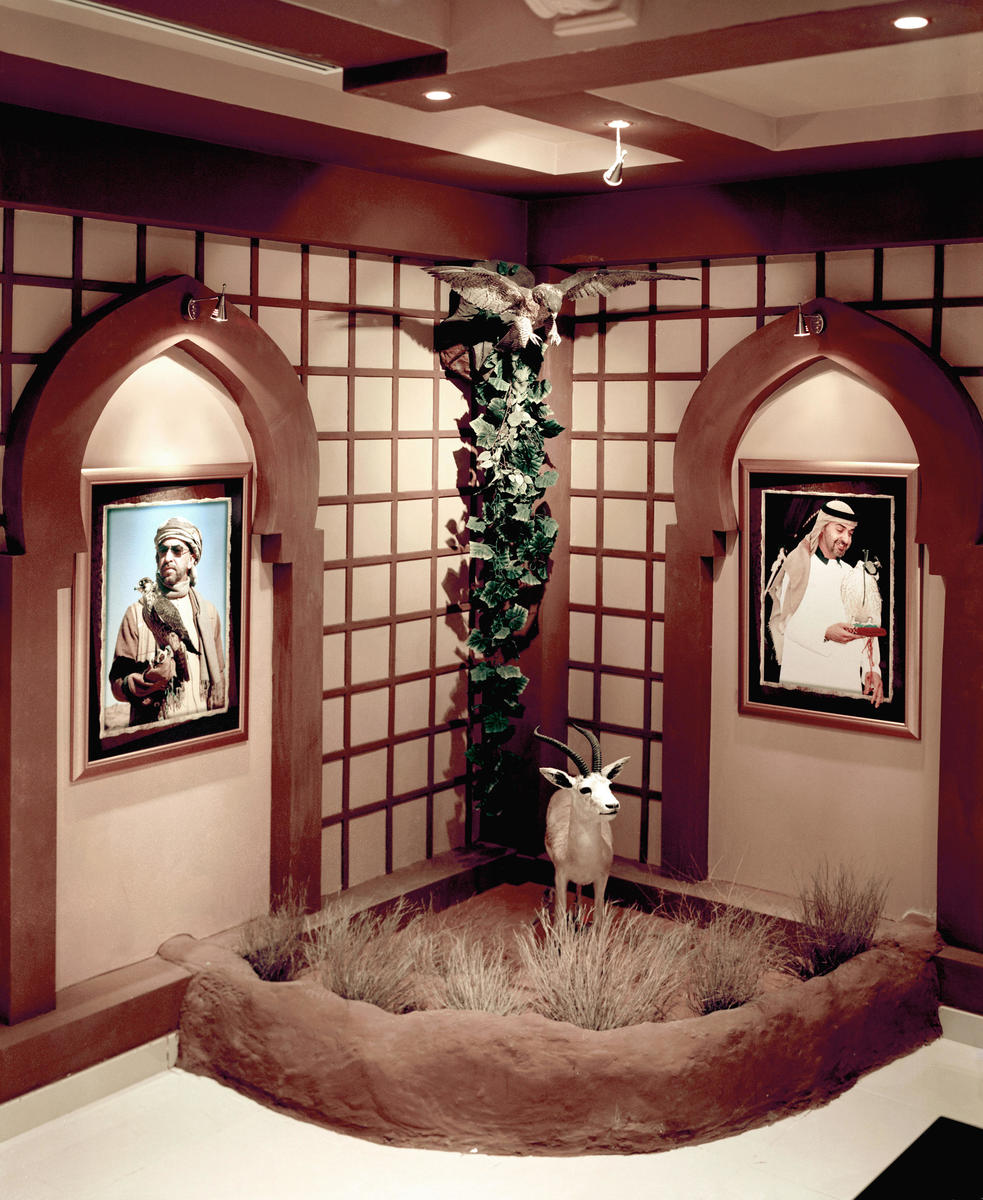
What, exactly, is a sport? An organized competition? War by any other name? Is it a form of play, perhaps? And if it is fun, why is it taken so damn seriously?
Frederick II of Hohenstaufen was serious about falcons. He went by many titles — King of Germany, King of Burgundy, King of Sicily, King of Jerusalem, Holy Roman Emperor. For the emperor, the ancient practice of training birds of prey — falcons, eagles, hawks — to hunt in tandem with humans was never mere sport. His treatise De arte venandi cum avibus (On the Art of Hunting with Birds) was written in 1240. It is still in print more than 700 years later.
Repeatedly excommunicated, Frederick II’s allegiances were often questioned. The hawking emperor was fluent in Arabic, partial to the Arab poets, and did not seem overly exercised by the Mongol threat that was then sweeping over Europe’s eastern flank. But he was fastidious when it came to his birds. He imported sakers from Arabia and gyrfalcons from Greenland, and had as many as fifty falconers in his court. Legend has it that when Mongol leader Batu Khan demanded that he submit to the might of the Golden Horde, then besieging Hungary, Frederick jokingly suggested that he would be delighted to become the Khan’s falconer.

In fact, the Khan had plenty of falconers. Marco Polo described an incredible field hunt with ten thousand falconers, led by Kublai Khan, who lay on a couch in an elephant-mounted pavilion accompanied by twelve of his favorite gyrfalcons, which would amuse him and his entourage by laying waste to swans, cranes, and other birds along the coast of the Gulf of Pechihli.
But the sport of kings and khans has also been the province of the commoners, at least among the nomads of the Arabian Peninsula. For the Bedouin, hunting was necessary to round out a meager diet of dates, locusts, and camel milk, and a falcon, properly employed, was a finely calibrated weapon. Raptors were killing machines, capable of roaming thousands of miles, with high-def vision perfectly suited to scanning the scrubby landscape for the slightest sign of prey.
Bedouins would trap the migrating raptors in the fall as they passed between Central Asia and Africa, snaring them with live birds rigged with camelhair nooses. They would tame them, barely, hunt with them for a season, and release them in the spring. The falcons were kept at an optimum threshold of near-starvation — not so hungry as to fly away nor so full as to refuse the hunt. Bedouins hunted mostly hares and small birds like the stone curlew, sharing small portions with their raptors and keeping the rest for themselves.
But the most coveted game was the Houbara bustard, Chlamydotis undulata, a large ground-dwelling, capon-sized bird whose common name comes from the Arabic word houbry. It is unremarkable in appearance — a camouflaged wash of tan and brown that helps it vanish into the desert — until it is time to mate. Then, a stole of pure white-and-black feathers worthy of Mae West erupts around the neck. It must be attractive not only to the lady bustards, but the shaheens and saker falcons that strike like lightning from the sky.
But Houbara bustards have been virtually extinct in Arabia since the 1960s, and they are endangered across their full range, from China to the Canary Islands. They suffer from the same condition as nearly every other wild species on earth: population decline due to habitat destruction and other human-related maladies. But the greatest threat to the Houbara remains man’s desire to eat them.
In 1999 Sheikh Zayed bin Sultan Al Nahyan, founder and first president of the United Arab Emirates and a devoted falconer, banned all forms of hunting in his country. Exterminators need special permits to kill even rats. In spite of Emirati falconers’ massive campaign to add falconry to UNESCO’s Representative List of the Intangible Cultural Heritage of Humanity, it is almost completely illegal to use falcons to hunt in the UAE.
The ban was imperative. The object of falconry was extra intangible. The only hope that hunting might ever again be practiced in the Gulf would be to ease up for a time, perhaps decades, and let the hammered hare and houbara populations recover. Abu Dhabi, meanwhile, is trying to jumpstart the project with an international Houbara breeding program. Much to-do attends even small events marking forward progress, as when Sheikh Hamdan bin Zayed Al Nahyan, Ruler’s Representative in the Western Region and Chairman of the Environment Agency-Abu Dhabi, released seventy bustards into the desert last year.
One might ask, then, how an Arab might partake in his cultural heritage? For decades now, the answer has been: he migrates. Some head for North Africa, where a handful of countries still allow falcon hunting. But mostly, those who can afford it — primarily sheikhs and their entourages — go to Yak Much, in western Pakistan.
Technically, hunting is illegal in Pakistan as well. But each year a select number of “Arab dignitaries” receive special dispensation in the form of hunting permits, eligible only to foreigners. Every autumn the Arabs arrive, in synch with the bustards on their southerly migration. They come in private planes that land on private airstrips, unloading hundreds of men and a small army of tricked-out Range Rovers. One hunting party can spend $10–20 million in a single month of living in concert with the land; little of that reaches the local Pakistani population. According to conservation officials, the hunts bag about 6,000 Houbaras each year, a quarter of the bird’s local population.

However commonplace falconry may once have been in the region, falconry today is big business. Falcons are bred in captivity, smuggled across borders, and sold for anywhere between $5,000 and $80,000 on the open market. Most falcons are fitted with high-tech tracking devices in the event they should manage to escape from their keepers, which they do, frequently.
“There are a number of massive falcon breeding facilities in the UAE,” said South African Jannes Kruger, a falconer with Shaheen Xtreme, a small company offering the “Arabian Falconry Experience” to tourists and pest control to the local government. While there are still public markets where birds of prey are available for sale (the Falcon Souk in Doha is located just next to the Al Wadi Gents Saloon), “a lot of these birds get sold privately,” Kruger says. “Guys sit in the majlis, the sheikh’s spot where they drink coffee and eat dates, and they look at birds from Germany and Austria that never ever reach the public eye.” He has heard of tales of the rarest, most beautiful birds — the blondes and the blacks — going for upward of a million dollars.
Kruger is adamant that the “Arabian Falconry Experience” is distinct from the Euro-American experience. “If you ask the average UK falconer, ‘Where did you learn falconry?’ you know, they bought a bird and they fooled around with it and they killed a few songbirds and then they got it right. Or they went to a center and did a one-day falconry course and so on. If you ask an Arab falconer where he learned falconry, invariably they say, ‘From my father or my grandfather.’ It is a much more serious pursuit. There’s no, you should excuse the term, ‘bunny hugger’ approach to falconry here.”
“We American or European falconers hunt with our falcons to see the flight,” Kruger told me. “It is about the aesthetics of the flight. If there is a beautiful vertical stoop from two thousand feet up and if it doesn’t end in a kill, it was still a great flight and your friends will still pat you on the back and think ‘Wow,’ right?”
(The stoop is, in fact, the acme of flight: a swoop on steroids. When a peregrine falcon tucks in its wings and dives, it can reach speeds of 200 miles per hour as it shoots toward its unsuspecting prey.)
“But the Arabs fly their falcons to hunt,” says Kruger. “In Arab falconry, if a bird hops off his fist and kills something at his feet, it was a fantastic flight, because it ended with something to eat, something to feed his family. He’s going home with food.”
The bustard, however, is not merely something to eat. And the dignitaries who have been known to consume as many as five hundred birds in a year are by no means protein deficient. Like certain other rare and endangered treats — tiger penis, rhino horn, shark fin, or bear gall-bladder serum (see Bidoun 23, “Save the Babes”) — the flesh of the Houbara bustard is considered to be an aphrodisiac. Houbara meat is, by all accounts, tough and stringy and tends to stick in the teeth. It is also rumored to be a diuretic.
In the half-century or so since the oil boom created the modern Middle East, many a petro-dollar has been spent educating the world about the rich cultural heritage of the region. (See “Mondo Aramco” in Bidoun 22.) One remarkable flower of this Arab spring blooms atop a hill in a treeless desert landscape in a remote corner of North America. The World Center for Birds of Prey can be found on the outskirts of Boise, Idaho. The complex contains the Falconry Archives, which are housed in the Sheikh Zayed bin Sultan Al Nahyan Falconry Heritage Wing, complete with a model goat-hair tent with life-like Bedouin mannequins.
When I visited a few years ago, Kent Carnie was still running the center. An elfin man with dancing eyebrows and a fast convertible, Carnie is a grand elder of American falconry. Among the center’s prize possessions was the largest English-based library of falconry books in the world. “We have the ultimate falconry book,” he told me. They have Frederick II’s book, of course, multiple copies, but Carnie was referring to The Tribal Chieftains Book of Hunting, a handwritten Persian treatise composed in 1701. “It says that everything you need to know about hunting is in the book. Anything that’s not in the book is known only to God.”
At one point I noticed a video playing in a loop on a monitor: wide-pan shots of spotless surgical units, and men in white flowing robes milling about a waiting room where hooded falcons rested on low perches swathed in AstroTurf. It was a state-of-the-art hospital in the UAE, Carnie told me, exclusively for birds.
“I went to a meeting there once,” Carnie said, “and there were guys from Turkmenistan who looked around and said, ‘We don’t have hospitals like this for people where we come from.’”
Pace the Turkmen, birds do require medical attention, and it seems somehow natural that the fantastically valuable birds of modern day Arabia should receive the finest treatment money can buy.
The cutting-edge Abu Dhabi Falconry Hospital (ADFH) has treated 43,000 winged patients since opening in 1999. Some of them have been injured on the job, as it were, whilst hunting. Some of them have been brutalized by other falcons — raptors will sometimes attack one another, and they tend to go for the jugular. But most avian ailments are more prosaic. Falcons crash into cars and windows and glass-fronted buildings. Some get shot by locals who prefer to hunt with guns. But mostly, falcons get sick. Tapeworms, parasites, and E. coli afflict their blood and bowels. A fungal infection known as aspergillus causes heavy breathing, flightlessness, and anorexia. And then, there is bumblefoot.
Margit Gabriele Muller did her dissertation on bumblefoot, a bacterial infection especially common among birds raised in captivity, and described in detail by Frederick II. Dr Muller (MBA, MRCVS, D Vet Hom) is the well-credentialed director of the ADFH. All of the above ailments, as well as reconstructive surgery and endoscopies and “pre-purchase check-ups,” are handled onsite at the ADFH, attracting falconers from across the Gulf region, as well as locals and decidedly nonlocal tourists, who like to watch. “The hospital has won nine international awards from six different countries for the quality of our work and our tourism program,” Dr. Muller told me. She is far from Germany, her native land, but she has found a place in the male-dominated field of falconry. Her own bird, Alia, is a gyrfalcon–peregrine mix.
“I could never do the same work in Bavaria that I am doing here simply because such dedicated facilities for falcons do not exist in Europe or USA,” she said. “I highly appreciate it, especially as a woman. I doubt that I would have had the same chance in my home country.” In 2008, Muller received the Abu Dhabi Award for her pioneering work on falcon husbandry. “It is a different life here,” she admits, “but I love to live in Abu Dhabi. It has become my home.”
She has written her own well-regarded book about raptors, Practical Handbook of Falcon Husbandry and Medicine. And she is nothing if not practical in her approach to her life’s work. Falconry, for Muller, is neither art nor sport nor amusement. “Falconry here is part of the cultural identity. In Europe and the USA, falconry was always practiced as a sport and entertainment. But falconry was conducted by the former Bedouins to hunt meat to help their families to survive in the harsh desert life. Here falcons were integrated in the Bedouin’s family, like a child.” A beloved yet terrifying child — half wild, half tame — with razor-sharp claws and flashing eyes and a tendency to murder its siblings, as well as bring home the bustard.
